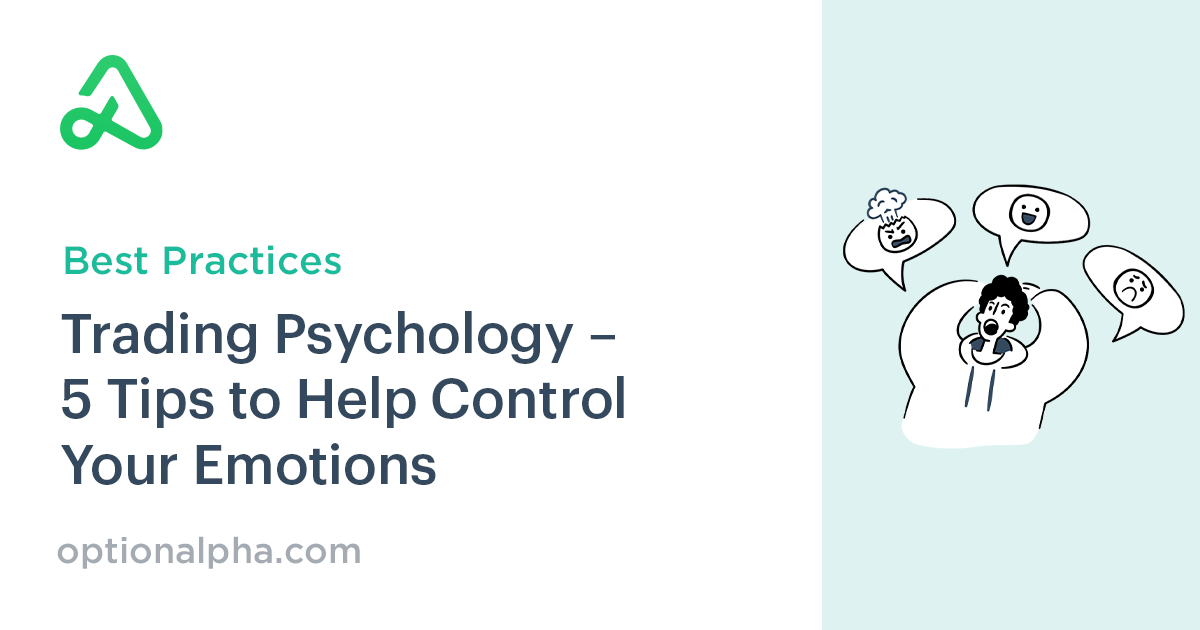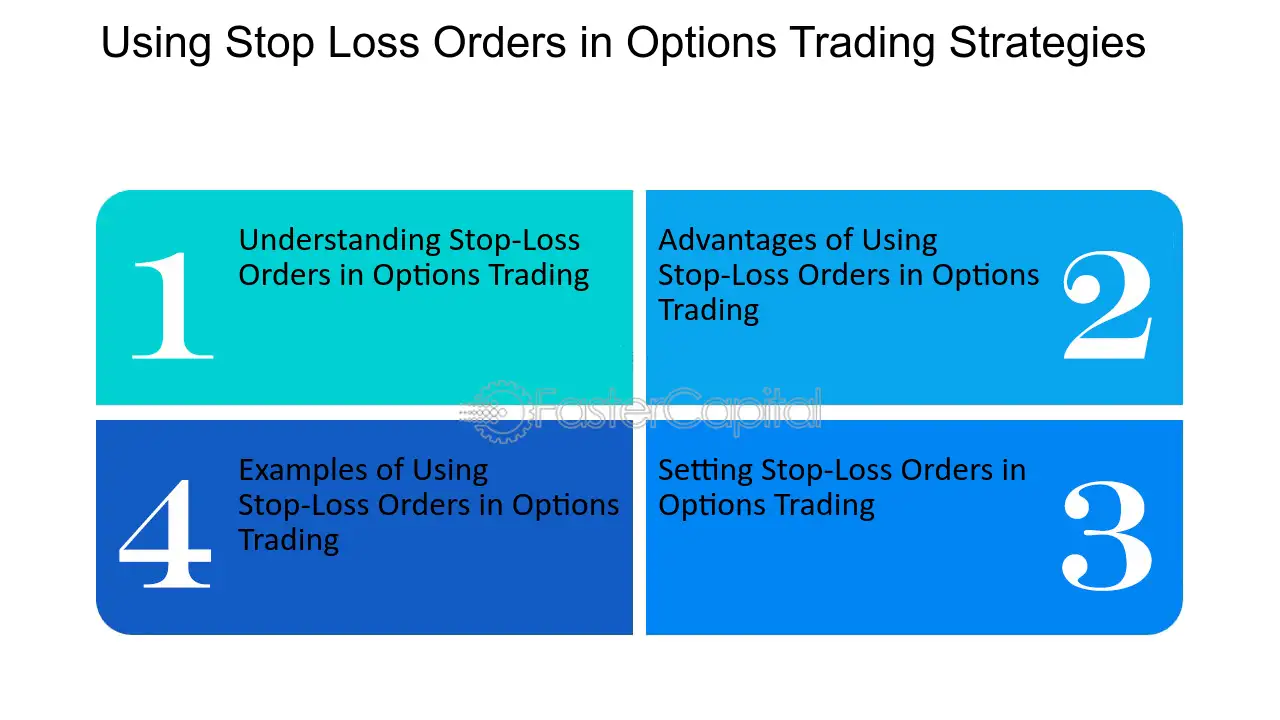Did you know that day trading options can sometimes feel like riding a roller coaster—thrilling, unpredictable, and occasionally a bit nauseating? In this article, we answer the most frequently asked questions about day trading options, covering essential topics such as the basics, effective strategies, and the risks involved. Discover how to get started, the capital required, and the best platforms to use. We’ll also explore the significance of volatility, emotional management, common pitfalls, and the use of leverage. Plus, learn how to set stop-loss orders and the tax implications of your trades. Whether you're a beginner or looking to refine your skills, this guide from DayTradingBusiness provides the insights you need to navigate the world of day trading options effectively.
What are the basics of day trading options?
Day trading options involves buying and selling options contracts within the same trading day to capitalize on short-term price movements. Key basics include:
1. Understanding Options: Know the difference between calls and puts. Calls give the right to buy; puts give the right to sell.
2. Strategies: Use strategies like straddles, strangles, or spreads to manage risk and maximize profit potential.
3. Market Analysis: Focus on technical analysis, charts, and indicators to make informed trades.
4. Timing: Pay attention to expiration dates and choose options that expire soon for quick trades.
5. Risk Management: Set stop-loss orders and define your risk tolerance to protect your capital.
6. Liquidity: Trade options with high volume to ensure you can enter and exit positions easily.
7. Brokerage Tools: Utilize trading platforms that offer real-time data and tools for executing trades efficiently.
Master these fundamentals to enhance your day trading options strategy.
How do I start day trading options?
To start day trading options, follow these steps:
1. Educate Yourself: Learn about options trading, including key concepts like calls, puts, and expiration dates.
2. Choose a Brokerage: Select a brokerage that offers options trading with low commissions and a user-friendly platform.
3. Fund Your Account: Deposit sufficient funds to meet the brokerage's minimum requirements for options trading.
4. Develop a Strategy: Create a day trading strategy based on your risk tolerance, market analysis, and specific options trades.
5. Practice with a Demo Account: Use a paper trading account to practice your strategy without risking real money.
6. Start Trading: Once confident, begin trading options, focusing on liquid contracts with tight bid-ask spreads.
7. Manage Risk: Use stop-loss orders and only risk a small percentage of your capital on each trade.
8. Review and Adjust: Regularly analyze your trades to refine your strategy and improve performance.
What strategies are effective for day trading options?
Effective strategies for day trading options include:
1. Scalping: Quickly buying and selling options to capture small price movements.
2. Momentum Trading: Identifying and trading based on strong price trends and volume.
3. Straddles and Strangles: Using these strategies to profit from volatility, regardless of direction.
4. Technical Analysis: Relying on charts and indicators to make informed entry and exit decisions.
5. News Trading: Acting on earnings reports or economic data releases that can move stocks sharply.
6. Risk Management: Setting stop-loss orders to limit potential losses and protect capital.
Focus on these strategies to enhance your day trading success with options.
What are the risks associated with day trading options?
Day trading options carries several risks, including:
1. High Volatility: Options prices can fluctuate dramatically, leading to significant losses within a short time.
2. Time Decay: Options lose value as expiration approaches, potentially resulting in losses even if the underlying asset doesn’t move.
3. Leverage: While leverage can amplify gains, it also increases the risk of substantial losses.
4. Market Conditions: Sudden market changes can impact options prices unpredictably, making it hard to execute trades profitably.
5. Lack of Liquidity: Some options may not have enough volume, making it difficult to enter or exit positions without affecting the price.
6. Emotional Decision Making: The fast-paced nature of day trading can lead to impulsive choices, increasing the risk of losses.
Understanding these risks is crucial for anyone considering day trading options.
How much capital do I need for day trading options?
You generally need at least $25,000 to day trade options in the U.S. due to the SEC's pattern day trader rule. However, you can start with less, but you'll be limited to fewer trades. Consider your strategy, risk tolerance, and the cost of options when determining your actual capital needs.
What are the best platforms for day trading options?
The best platforms for day trading options include:
1. TD Ameritrade – Offers advanced tools and a user-friendly interface.
2. E*TRADE – Features powerful analysis tools and a robust mobile app.
3. Charles Schwab – Provides comprehensive resources and no commission on trades.
4. Interactive Brokers – Known for low fees and extensive trading options.
5. Robinhood – Great for beginners with commission-free trades but limited features.
Choose based on your trading style, tools needed, and fees.
How do I analyze options for day trading?

To analyze options for day trading, follow these steps:
1. Identify Liquid Options: Focus on options with high open interest and volume to ensure easy entry and exit.
2. Check Implied Volatility: Look for options with favorable implied volatility; higher volatility can mean larger price moves.
3. Use Technical Analysis: Analyze price charts and indicators (like moving averages and RSI) to identify potential entry and exit points.
4. Monitor News and Events: Stay updated on market news or earnings reports that could impact the underlying stock's price.
5. Set Clear Criteria: Define your risk-reward ratio and establish stop-loss orders before entering trades.
6. Utilize Scanners: Use options scanners to filter and find setups that meet your criteria quickly.
These steps will help you make informed decisions for day trading options effectively.
What is the importance of volatility in day trading options?
Volatility is crucial in day trading options because it directly affects option pricing and potential profit. Higher volatility increases the premiums of options, allowing traders to capitalize on larger price swings. It also creates more opportunities for quick trades as prices fluctuate throughout the day. Understanding volatility helps traders assess risk and make informed decisions on when to enter or exit positions. Without volatility, options trading would lack the dynamic movements necessary for day trading strategies.
How can I manage my emotions while day trading options?

To manage your emotions while day trading options, set clear trading rules and stick to them. Use a trading journal to track your decisions and emotions, helping you recognize patterns. Implement risk management strategies, like setting stop-loss orders, to limit losses. Take regular breaks to avoid burnout and maintain perspective. Practice mindfulness or breathing exercises to stay calm during market fluctuations. Lastly, avoid overtrading; only take trades that meet your criteria to reduce stress.
What are common mistakes to avoid in day trading options?
1. Lack of a Trading Plan: Not having a clear strategy leads to impulsive decisions.
2. Overtrading: Frequent buying and selling can increase costs and erode profits.
3. Ignoring Risk Management: Failing to set stop-loss orders can result in significant losses.
4. Emotional Trading: Letting fear or greed dictate trades often leads to poor outcomes.
5. Misunderstanding Options: Not fully grasping concepts like expiration dates and implied volatility can result in bad choices.
6. Neglecting Market Conditions: Ignoring broader market trends can lead to unexpected losses.
7. Inadequate Research: Failing to analyze underlying assets can result in uninformed trades.
8. Poor Timing: Entering or exiting trades at the wrong moments can impact profitability.
9. Not Staying Updated: Lack of awareness about news and events can affect market movements.
10. Using Too Much Leverage: Over-leveraging increases the risk of significant losses.
Learn about Common Mistakes in Day Trading Scalping and How to Avoid Them
What Are the Key Considerations for Day Trading Options?
Day trading options involves buying and selling options contracts within a single trading day to capitalize on short-term price movements. Key aspects include understanding expiration dates, strike prices, and implied volatility. Traders often use strategies like spreads, straddles, and covered calls to manage risk and enhance potential profit.
Learn more about: Understanding Options in Day Trading
How does leverage work in day trading options?
Leverage in day trading options allows traders to control a larger position with a smaller amount of capital. By using options, you can amplify potential gains because options contracts represent a larger underlying asset. For instance, if you buy a call option, you pay a premium, but you gain exposure to the stock's price movements without needing to buy the shares outright. However, leverage also increases risk; small price changes in the underlying asset can lead to significant losses. Understanding your risk tolerance and using leverage wisely is crucial for successful day trading in options.
Learn about How to Leverage Technology in Futures Day Trading
What are the tax implications of day trading options?
Day trading options can lead to significant tax implications. Profits from day trading are typically considered short-term capital gains, taxed at your ordinary income tax rate. This applies if you hold the options for less than a year. Additionally, frequent trading may qualify you as a "trader" by the IRS, allowing you to deduct certain trading expenses. However, this designation comes with specific requirements. Always consult a tax professional for personalized advice based on your trading activity and financial situation.
Learn about Tax Implications of Forex Day Trading
How do I set stop-loss orders in options trading?

To set stop-loss orders in options trading, first decide the price at which you want to limit your losses. Enter your trading platform and select the option you hold. Look for the "order type" section and choose "stop-loss" or "stop-limit" order. Input your stop price—this is the price at which the order will trigger. Confirm the order and monitor it to ensure it executes as intended.
What indicators should I use for day trading options?
For day trading options, use these key indicators:
1. Volume: Look for high trading volume to gauge interest and liquidity.
2. Open Interest: Check open interest to understand market sentiment on specific options.
3. Implied Volatility: Monitor implied volatility to assess potential price movement and option pricing.
4. Moving Averages: Use short-term moving averages (like the 5-day or 10-day) to identify trends.
5. Relative Strength Index (RSI): An RSI above 70 indicates overbought conditions, while below 30 indicates oversold.
6. Bollinger Bands: These help identify volatility and potential price reversals.
7. MACD (Moving Average Convergence Divergence): This shows momentum and potential buy/sell signals.
Combine these indicators to make informed trading decisions.
How can I improve my day trading options skills?
To improve your day trading options skills, start by educating yourself on options strategies like spreads, straddles, and iron condors. Practice with paper trading to refine your techniques without financial risk. Analyze charts and market trends daily to enhance your technical analysis. Consider joining trading communities for insights and feedback. Finally, review your trades to learn from mistakes and successes.
Learn about How to Use Technical Analysis for Options Day Trading
What is the difference between day trading and swing trading options?
Day trading options involves buying and selling options within the same trading day, aiming for quick profits from small price movements. Swing trading options, on the other hand, holds positions for several days or weeks, capitalizing on larger price shifts and trends. Essentially, day trading focuses on short-term gains, while swing trading looks for more extended opportunities.
Learn about Differences Between Forex and Other Day Trading Markets
Conclusion about Frequently Asked Questions About Day Trading Options
In summary, day trading options requires a solid understanding of the basics, effective strategies, and risk management. Starting with adequate capital and choosing the right platform can set the foundation for success. It's essential to analyze options carefully, consider volatility, and manage emotions to avoid common pitfalls. By leveraging the right indicators and continuously improving your skills, you can navigate the complexities of day trading options effectively. For more comprehensive insights and support, consider utilizing resources from DayTradingBusiness to enhance your trading journey.
Learn about Frequently Asked Questions About Day Trading